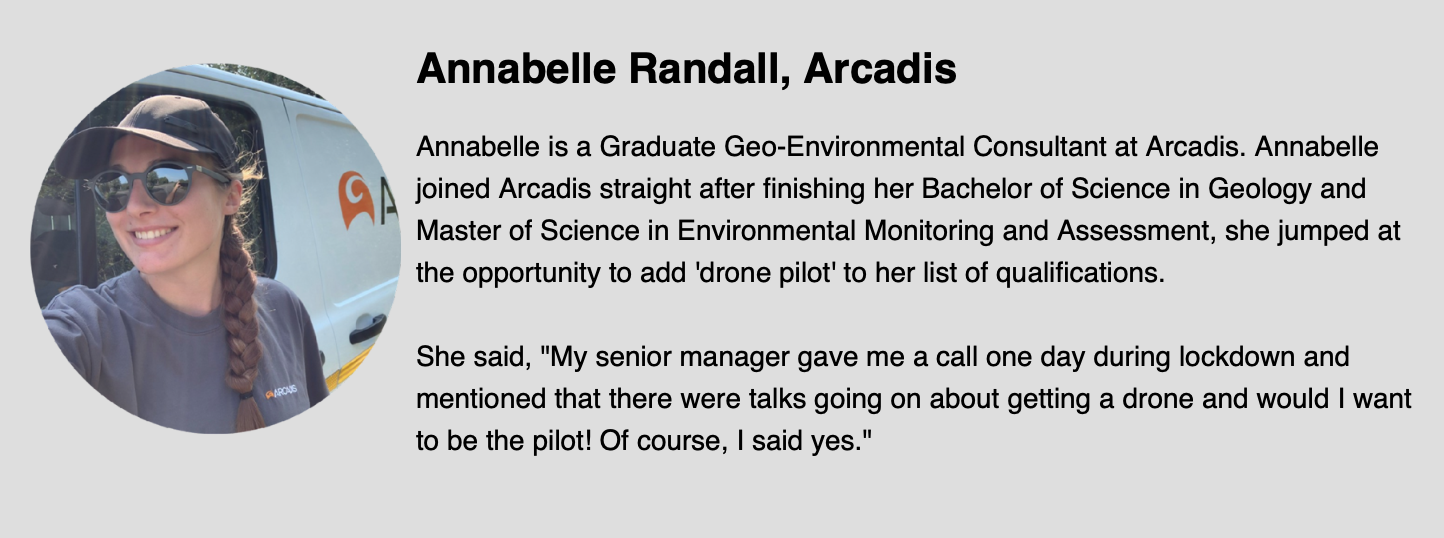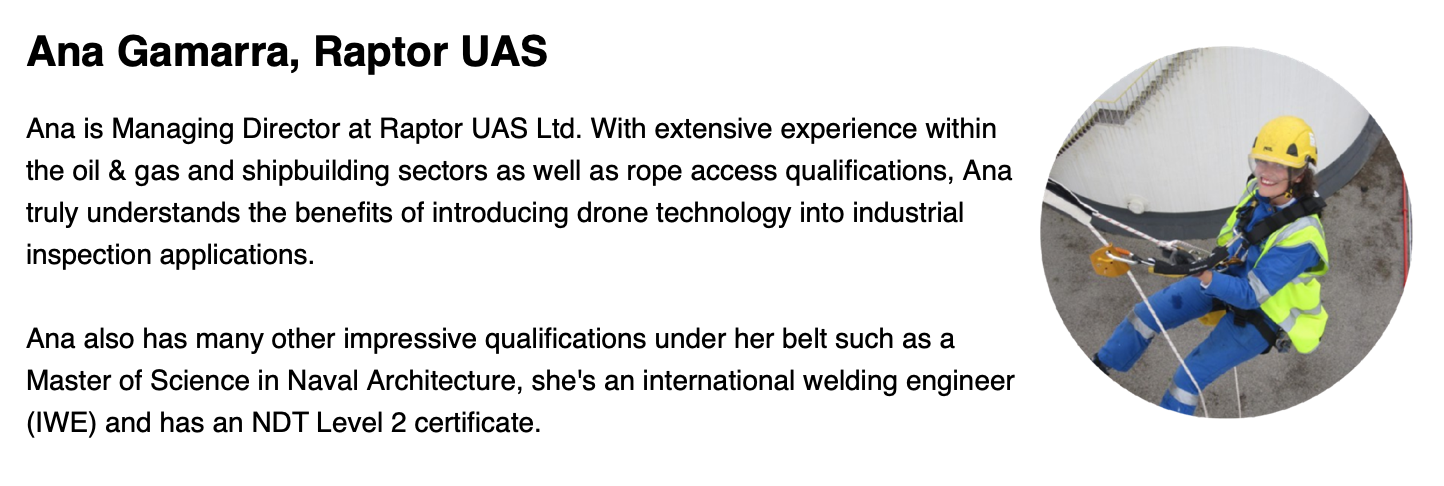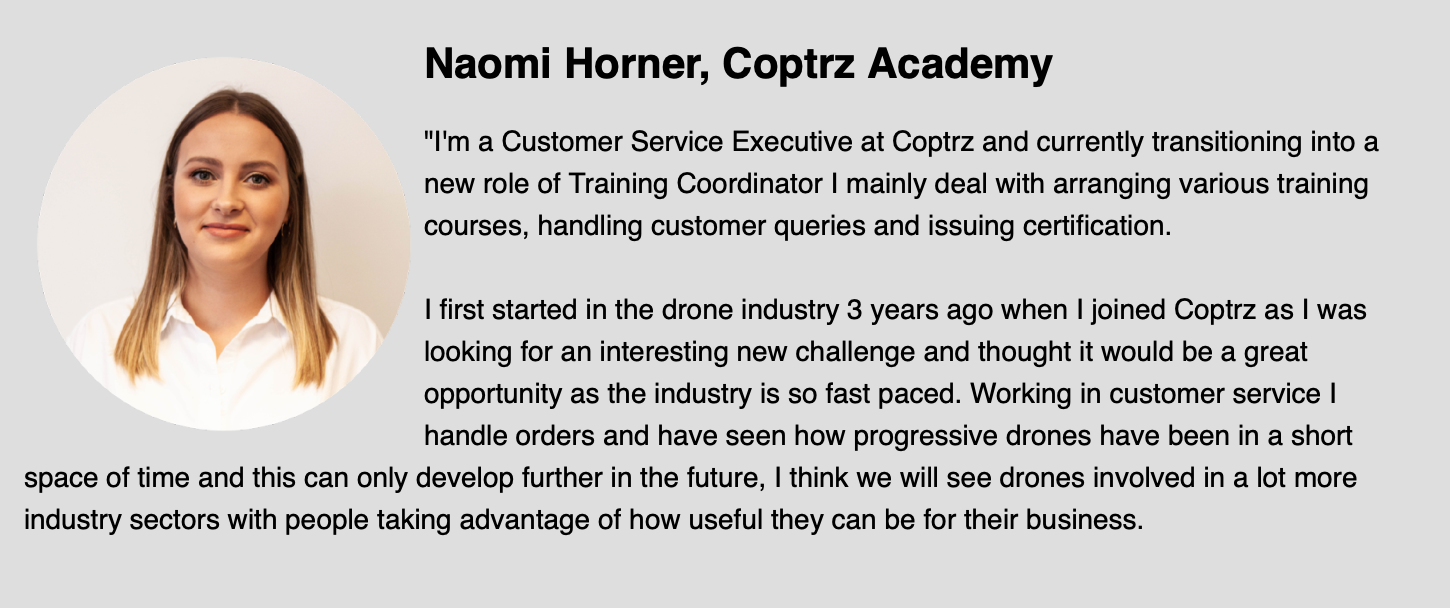Spotlight On: Richard Nichols, Airwards
We recently had the opportunity to talk to Richard Nichols, founder of Airwards – the online awards platform recognising and championing the impactful use of drones. Richard finally has a moment to take a breather after a busy Winner’s Week, so we decided to catch him for a chat about the work behind Airwards, how the idea came about and where he sees the industry heading.
What is Airwards?
 On the very top level, what the Oscars do for films, what BAFTA does for TV, I want Airwards to be doing for drones. There’s so much positive work going on, both inside and outside the industry. We’re identifying these positive user stories, recognising them through an award and championing them to acknowledge the work that they are doing. We want it to be an acknowledgement that what a company is doing is innovative, is responsible and is having a real-world impact.
On the very top level, what the Oscars do for films, what BAFTA does for TV, I want Airwards to be doing for drones. There’s so much positive work going on, both inside and outside the industry. We’re identifying these positive user stories, recognising them through an award and championing them to acknowledge the work that they are doing. We want it to be an acknowledgement that what a company is doing is innovative, is responsible and is having a real-world impact.
How did you get involved in drones?
I started my career at AgustaWestland (now Leonardo). I was there for three years, really enjoyed it, but I wanted to move up to London, so I joined my old business partner and we started Vitamin London (a digital agency). We were right at the forefront of the app and responsive website revolution, which was amazing. After leaving that a few years ago, I ventured into freelance work helping start-ups with their strategy operations. While doing this, by chance I met a guy – Joe from VisualSkies – who at the time was doing some work for Rolls Royce. I talked to him more and more, and got involved with the company. I loved seeing how this technology was being used from their side: videography, photography, lidar scanning and especially 3D modelling.
I guess around that time, I was thinking about my experience of recognition in the digital world, and I was wondering – is there something like that with drones? There are a couple, but they are sporadic, vertical-focused, and nothing like I had seen in other industries. So that’s where the idea came from. Then covid hit, and I thought, right, I’m sat on this idea, why not try it?
How did you get it started?
So probably about April 2020, I started reaching out to a few people. I spoke to my immediate connections through the defence industry and people were super-friendly. The fact that we had the ethos, the vision, and that we are not-for-profit made it an easy decision for people to want to get involved.
How did you decide on the categories?
It was tough. I think it was about two months of work. Last year, I started off with 120. We cut it down to 80, down to 50, again talking to people involved, and eventually got it down to 23 main categories and 7 people’s choice (30 in total). The Oscars, I think, have 28 categories. There are some that we missed out, there are some that we had to merge, and we didn’t want to try to do everything. One of the first things I did was to get in touch with everyone who I might consider competition and just say – Hey, I’m Richard, this is what we’re doing – I’m not trying to step on your toes! It was really trying to make sure that it was about fostering collaboration, rather than competing.
How many submissions were made?
We had just over 200 in total across all 30 categories of people’s choice shortlist and main category submissions, and after whittling down it came to about 100, a fantastic response for our first year!
Are there any particular projects that stood out?
Total cop-out: all of them. Teaching kids to code in drone, preventing wildfires, rescuing fawns, BVLOS, dam inspection, even the anti-drone projects. The two-way communications blew quite a few judges’ minds. Having expert judges look at use cases and say “I didn’t know this was happening, and I’d consider myself someone who’s been in the industry for 15 years!” was fantastic to hear.
That’s what I loved the most, is that if you’ve got experience in a particular vertical, you’re able to say – This was my favourite, because it’s my background, my history. Everything else is cool, but for me that has a real personal attachment – So yeah, sorry for the cop-out, but there definitely isn’t just one!
What was the most difficult part of pulling it off (especially during a pandemic)?
The remote working we were kind of used to by that point, so that side of things didn’t really have as much of an impact. Probably for me it’s been finding corporate partners – and that’s probably a very obvious one to go for – but it’s been entirely self-funded this year. Getting to really know projects that are going on and trying to talk to so many people around the world was both hard and rewarding. Being able to connect with some of the big people in drones is almost as big a deal as winning for a lot of the people involved.
What are some big areas you see as being ‘up and coming’ in the drone world?
I think autonomy and having constant data flow, that is going to be where businesses see the value, particularly in survey and inspection, reducing the time frames of finding a problem, live in real time, and finding a fix. Those two, and obviously BVLOS (Beyond Visual Line of Sight), so not having to have someone constantly within eyesight of the drone.
What’s the plan for next year?
We’re going to keep the general structure and idea, but refine it so it doesn’t put as much pressure on the judges. And vice-versa for the entrants. But fundamentally the categories, judges, process, being online – everything else is going to stay the same. We have some huge plans however on championing each of the winners and getting their stories infront of the industry and public – so watch this space and our website + social channels.
And what’s next for you?
I think we’ve pretty much got a process for next year, and we’ve talked to a few of the judges, but I want to collate all their feedback, and we’re still getting feedback from entrants. There’s been a period in June where we’ve given people a break from Airwards, but expect to see us back with a bang in July gearing up for our Year 2.
Find out more
For more about Airwards and to see this year’s winners, check the official website: https://www.airwards.online
You can also find Airwards and Richard on LinkedIn.
Marketing Manager at DronePrep and recent returnee to the UK after a long stint abroad. Rookie drone pilot, avid writer and lover of all things tech.

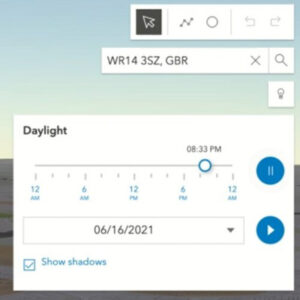 How do I use it?
How do I use it?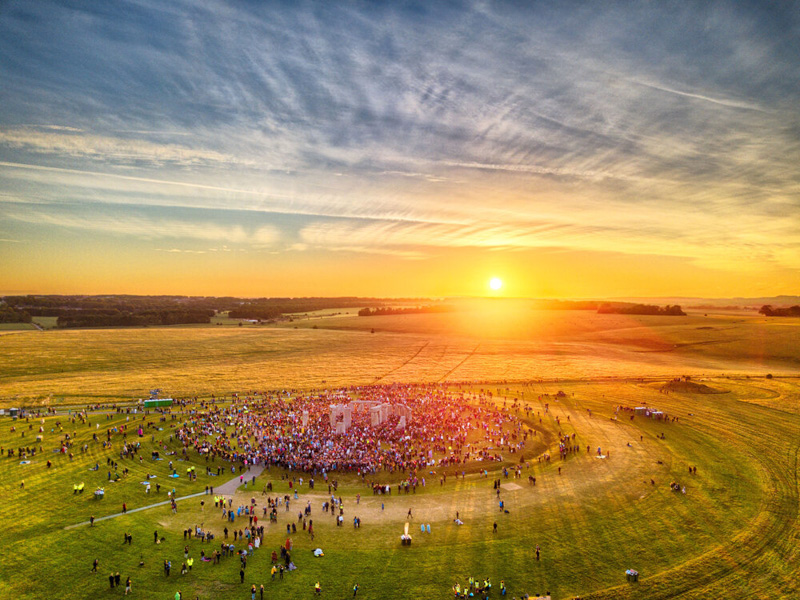
 I’m sure the majority of pilots would agree: it’s better to have a smaller, less powerful drone with you most of the time than to have a slightly bigger, better one at home that rarely makes an appearance out of its case… With the specifications from this dinky drone, you have professional 4K quality photos and videos from a device that fits in your glove compartment …and is about the same size as the battery from a Phantom drone.
I’m sure the majority of pilots would agree: it’s better to have a smaller, less powerful drone with you most of the time than to have a slightly bigger, better one at home that rarely makes an appearance out of its case… With the specifications from this dinky drone, you have professional 4K quality photos and videos from a device that fits in your glove compartment …and is about the same size as the battery from a Phantom drone.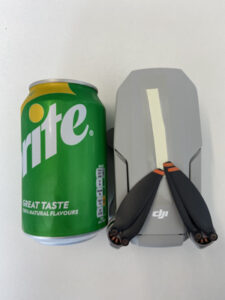 Another noticeable difference for me was the noise levels. Flying the DJI Phantoms, I would quite often attract a small crowd, pointing upwards at the drone, even when it was close to its maximum height. The Mini 2 is much quieter – so much so that when I tried to engage my 1-year old son’s attention with the drone, flying safely around him, there was no reaction at all and he was quite content to carry on with his picnic as if nothing was happening.
Another noticeable difference for me was the noise levels. Flying the DJI Phantoms, I would quite often attract a small crowd, pointing upwards at the drone, even when it was close to its maximum height. The Mini 2 is much quieter – so much so that when I tried to engage my 1-year old son’s attention with the drone, flying safely around him, there was no reaction at all and he was quite content to carry on with his picnic as if nothing was happening.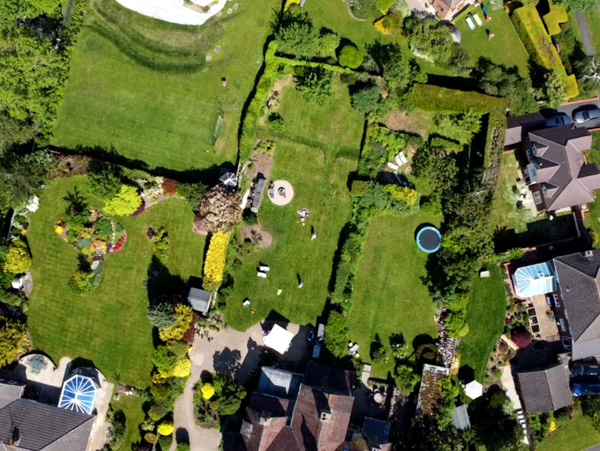
 The winners of the 2021 Airwards were announced this week, marking a world-first in recognition of the fantastic work of key players in the drone industry.
The winners of the 2021 Airwards were announced this week, marking a world-first in recognition of the fantastic work of key players in the drone industry. DronePrep is thrilled to reveal that our CEO Gareth Whatmore is joining the Judging panel at
DronePrep is thrilled to reveal that our CEO Gareth Whatmore is joining the Judging panel at 




